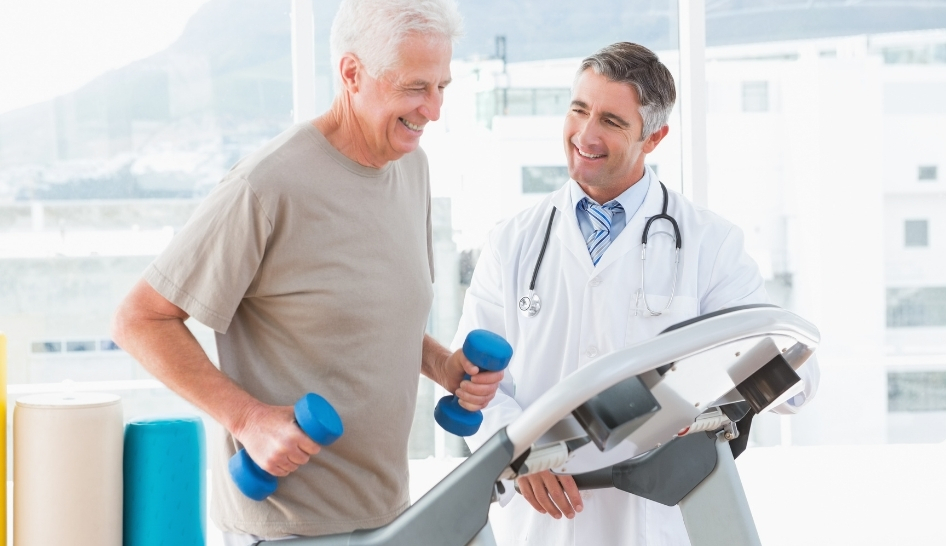To counter the misconceptions and negative news—and mark health clubs as essential businesses—IHRSA is meeting with medical and health policy experts to get their view on the matter. This article is the sixth installment in a series in which we will share expert opinions from medical, science, and public health professionals focusing on:
- exercising safely in clubs during a pandemic,
- how gyms play a significant role in keeping people healthy, and
- the overall health benefits of exercise.
Kenneth H. Cooper, M.D., MPH, founder and chairman of Cooper Aerobics, a preventive medicine physician at Cooper Clinic, and the “Father of Aerobics,” spoke with us to provide his insight on the topic.
IHRSA: How essential is physical activity to mental and physical health?
Kenneth Cooper: Physical activity is very important in preventing Alzheimer’s and dementia. Exercise improves the brain, and from the standpoint of coronary risk factors, “What is good for the heart is also good for the brain.” We have conducted what we call the “Medicare Study,” following 28,000 people (20% women) looking at only one variable—their fitness level as determined by maximal performance treadmill stress testing. After 25 years of follow-up, we were able to show that those in the top category of fitness (top 40th percentile based upon their treadmill time, age, and gender-adjusted) compared to the bottom 20th percentile level of fitness had 36% less Alzheimer’s and dementia.
We also know with FitnessGram testing—that we have been doing in Texas since 2008—including millions of children from around the country that there is a clear relationship between aerobic capacity, body mass index, and grades they make in school.
John Ratey, M.D., has written a book entitled “Spark: The Revolutionary New Science of Exercise and the Brain,” in which he says, “Exercise is fertilizer for the brain.” He also says immediately after exercise, the brain’s areas most perfused with blood and oxygen are responsible for creativity and memory.
IHRSA: How can policymakers and the public prioritize physical activity as essential to mental and physical health?
KC: The sixth-leading cause of death in America today is Alzheimer’s. We can reduce that by at least 36% if people keep themselves at a top level of fitness, measured on their treadmill time, from ages 50-75. Also, further results in the Medicare Study show that for those people in the top fitness category, their cost of healthcare (between ages 65-75) was 40% less than those in the bottom category of fitness. The only variable we looked at was fitness. So that’s cost-effective. There’s nothing on the horizon that has the potential to reduce health costs—which is exploding in America today—that is like exercise, according to our studies.

